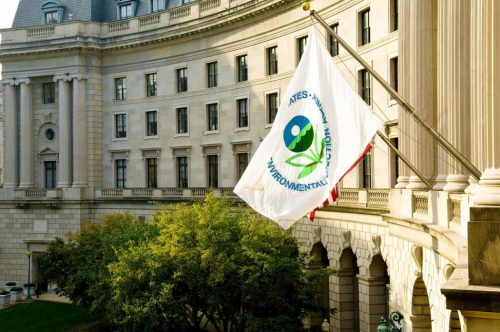Remove the Blinders at EPA
One of the pillars of the Palmetto Promise Institute Freedom Agenda is Energy. We know that for free enterprise to flourish and jobs to be created, business and industry must have access to the most affordable energy available.
This is particularly important in South Carolina, where utility bills are the highest in the country. Our new Palmetto Playbook addresses a number of reforms that need to happen at the state level to help the Palmetto State economy recover from once (and possible future) COVID lockdowns.
But there are federal actions that must to be taken as well.
As we warned in some our earliest research as an organization (in 2015 and 2016), if allowed to run amok, the federal Environmental Protection Agency (EPA) can be a real job-killer. But, if our standard for decision making as a nation is the common-sense belief that there should be a balance between the cost of EPA regulations with the actual benefits to the environment, that doesn’t have to happen.
That’s why we opposed Obama-era Renewable Portfolio Standards (RPS) that could have cost the South Carolina economy over $300 million and nearly 3,000 jobs with very little benefit to the quality of our air and water. A perfect example of an action that did more harm than good.
The need to maintain balance at EPA is why Palmetto Promise Institute is enthusiastic about a process that the agency has put out for review under its authority under Section 301 of the Clean Air Act (CAA). The proposal, Reg. 2060-AU51, is actually quite simple. It would require cost-benefit analyses to be considered in the making of rules and standards of the agency.
That means if the final rule goes into effect, the crafting of future regulations would need to take into account objective science about the benefits to the environment as well as the costs to the economy of the proposed regulations. (The Environmental Protection Agency does not currently take a systematic approach for estimating benefits or costs of its regulations.)
Additionally, those scientific studies would be required to be made public so that there is no doubt about the potential impact of government action on citizens and businesses. Finally, the rule would codify recent federal court decisions that already provide guidance to the agency.
The process we have described here would not roll back any environmental standard, so there should be no opposition to such a commonsense proposal. But alas, there is, from radical corners of the environmental movement more concerned about driving their Green New Deal than its disastrous impacts on the lives and livelihoods of real people.
We encourage the agency to fully adopt this process now. With the Biden Administration taking over EPA in January, the regulatory balance is likely to be tilted in favor of a regulatory philosophy driven by virtue signaling and environmentalist posturing rather than the actual impact of EPA action on the environment. So, if business and industry are to be treated fairly, time is of the essence.
In the firm belief that more evidence-based information is always better for sound decision making in any endeavor, we applaud the proposed new process as a removal of blinders that heretofore have prevented the agency from seeing the full panorma of the real-world consequences of their actions.







